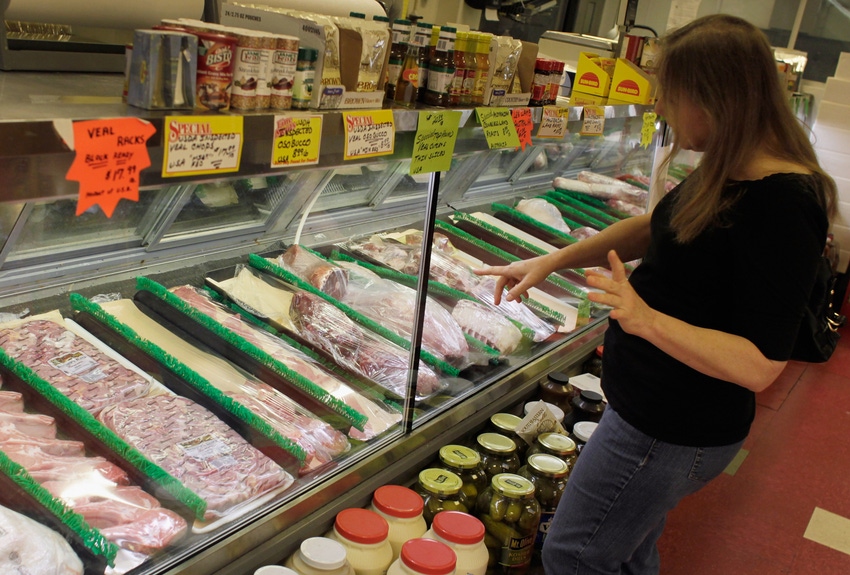Words mean things. Trouble is, what they mean to us doesn’t mean they say the same thing to our consumers.

As a general rule, I don’t make New Year’s resolutions. I do set goals, however. I think I’ve found one for this newly-birthed year.
BEEF Daily Editor Amanda Radke recently blogged, as she often does, about how we in agriculture and the beef business need to word our messages so they resonate with consumers. Let me share a couple of recent happenings to further illustrate that point.
I’ve become acquainted with a lady who lives a block away. Her dog and mine have become great friends and she often stops on her dog walks to let them play and to visit. Knowing what I do for a living, she recently asked me something about the beef business; what to expect for retail prices, as I recall.
I answered her question. And I did so with words I thought were understandable.
She looked at me with a confused face and said, “You and I live in different worlds.”
READ: Beef Checkoff shows consumers how you are raising beef
That was what my teacher wife calls a “teachable moment.” I thought I was using terms she would understand and that I explained the economics of the beef business in ways that would resonate with her. To say I missed the mark is a grand understatement.
So, let my teachable moment be a lesson for us all—even if we think we are talking to consumers in words they will understand, it’s wise to think again.
Here’s why. Over the college bowl binge of the past few weeks, I heard a conversation between two announcers. The conversation got around to holiday food and one opined that he favored gizzards as an appetizer.
“What’s a gizzard?” the other asked.
That’s what we’re up against when explaining a highly complicated business to consumers who only interface with us at the grocery store or restaurant.
Related: Tyson predicts 6 food trends for 2019
I don’t have an answer. But I now have a goal—practice my explanation of the beef business to better word it in a way my neighbor will understand. The next time she walks her dog past our house, I’ll use her as a sounding board.
By the time I get it right, she may be the most knowledgeable consumer in the neighborhood.
How would you explain what you do in words that my suburban neighbor would understand? Let me know in the comments section.
About the Author(s)
You May Also Like



